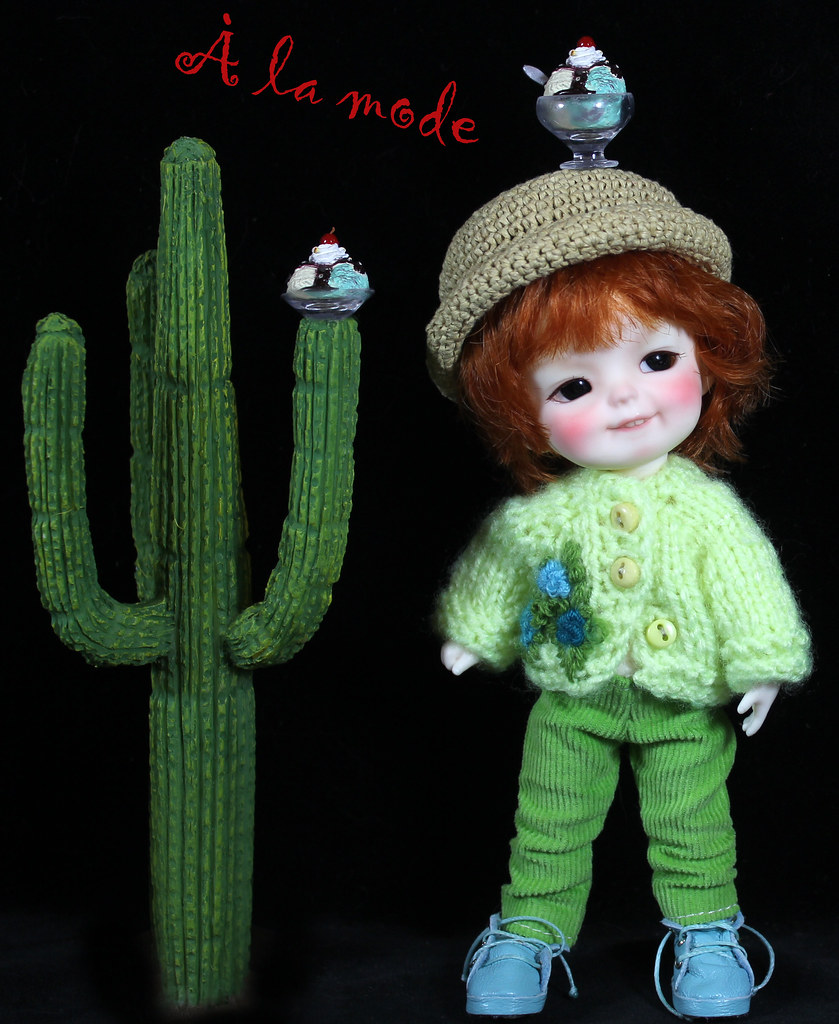#Mong
Text

** Permission to post it was granted by the artist
Do not repost/edit the art without permission
Please, support the artist on their page too **
Artist : MG@OTLozr
Source
140 notes
·
View notes
Text
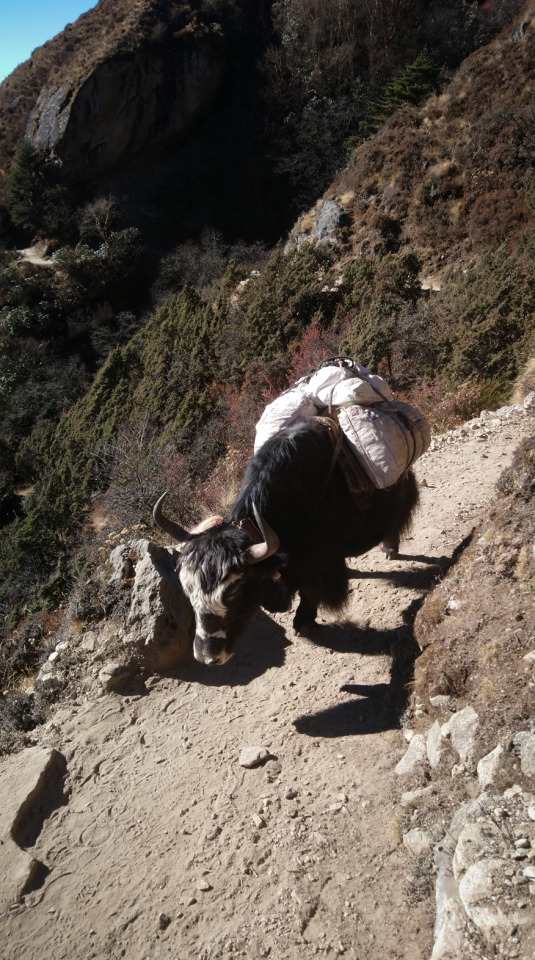
28 notes
·
View notes
Video
#Mode by Nadine
Via Flickr:
Secretdoll Mini Mong
8 notes
·
View notes
Text
A collection of sum doodles >:3

OH MY GOD A FUCKING HUMAN AAAAAAAAA

Holy doo-doo it the gays :0
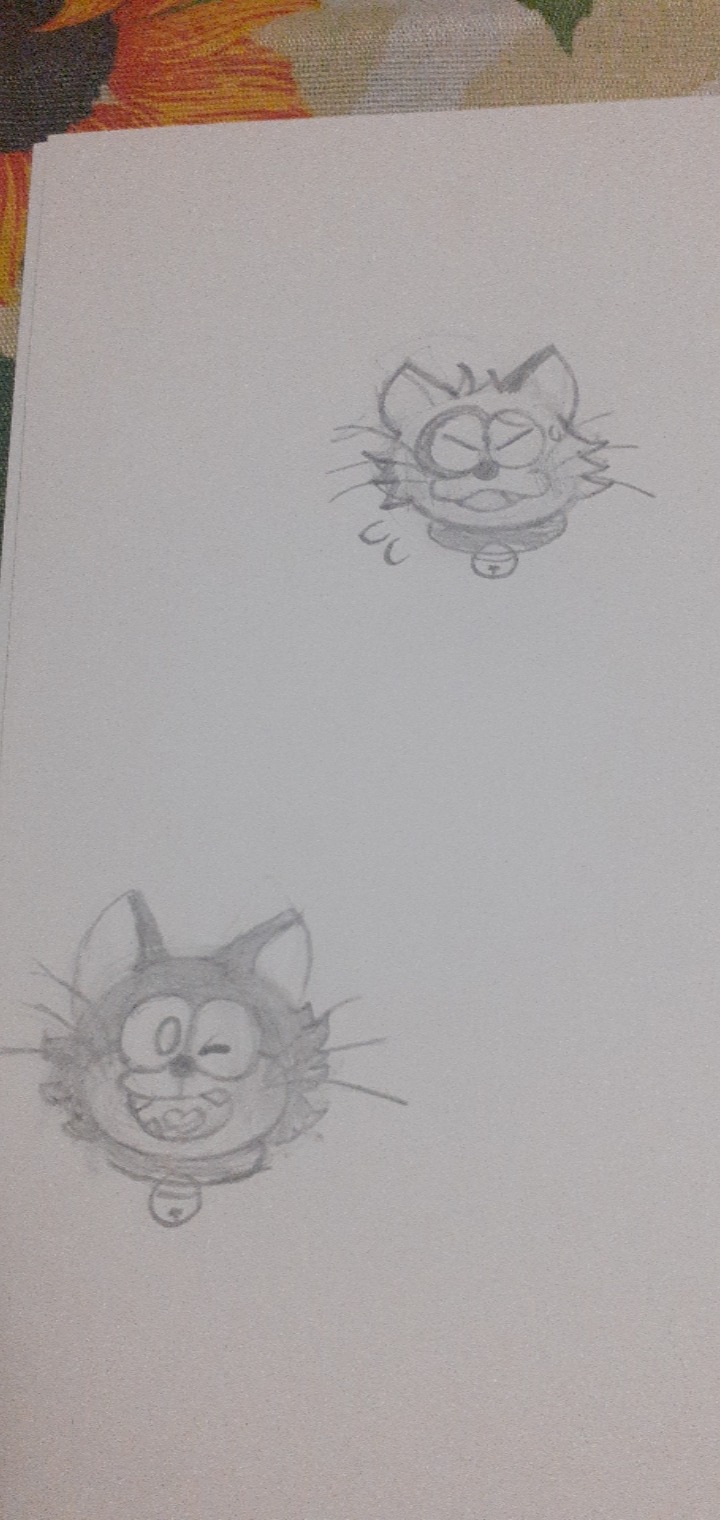
I've discovered other doraemons exist-
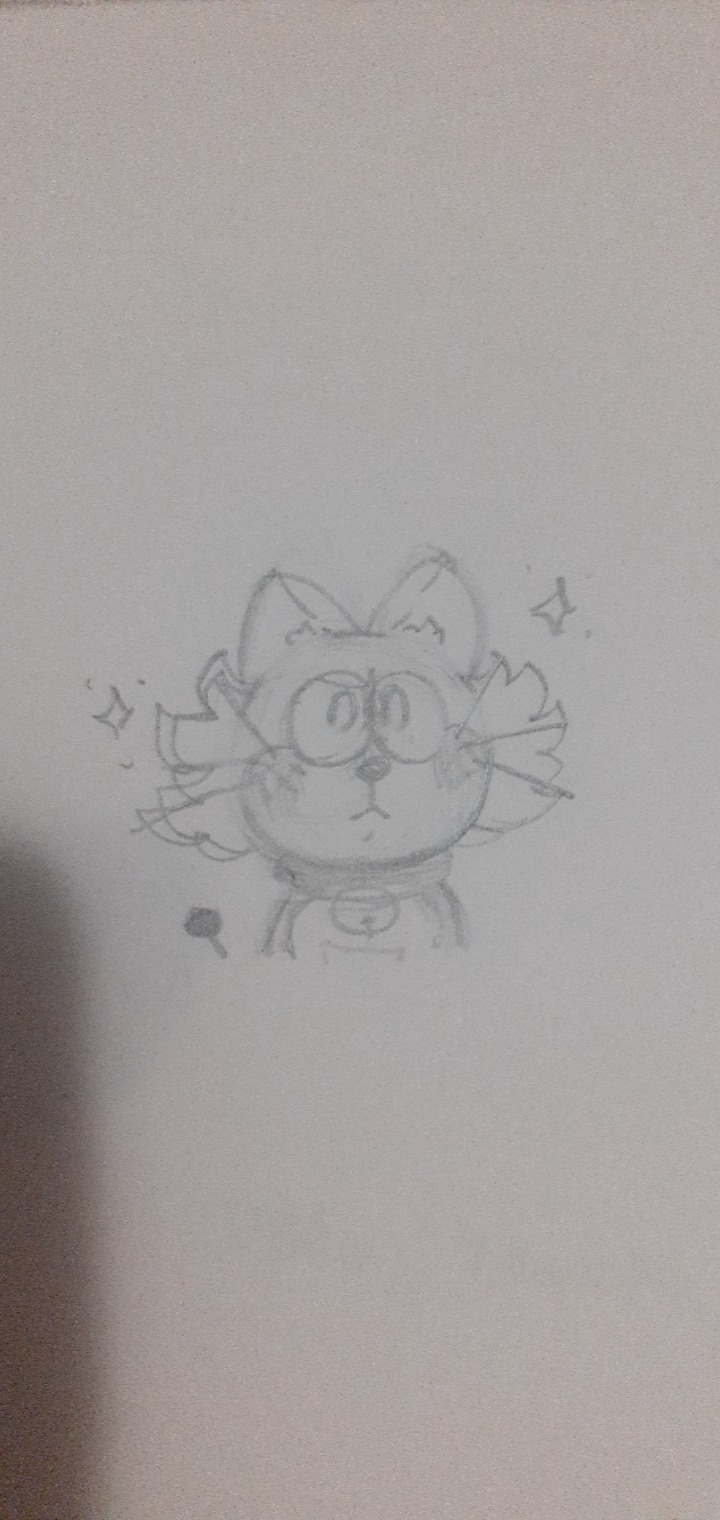
Smol doodle :>

SOMEONE CALLED HIM A RACOON >:0

The gææææ/affectionately
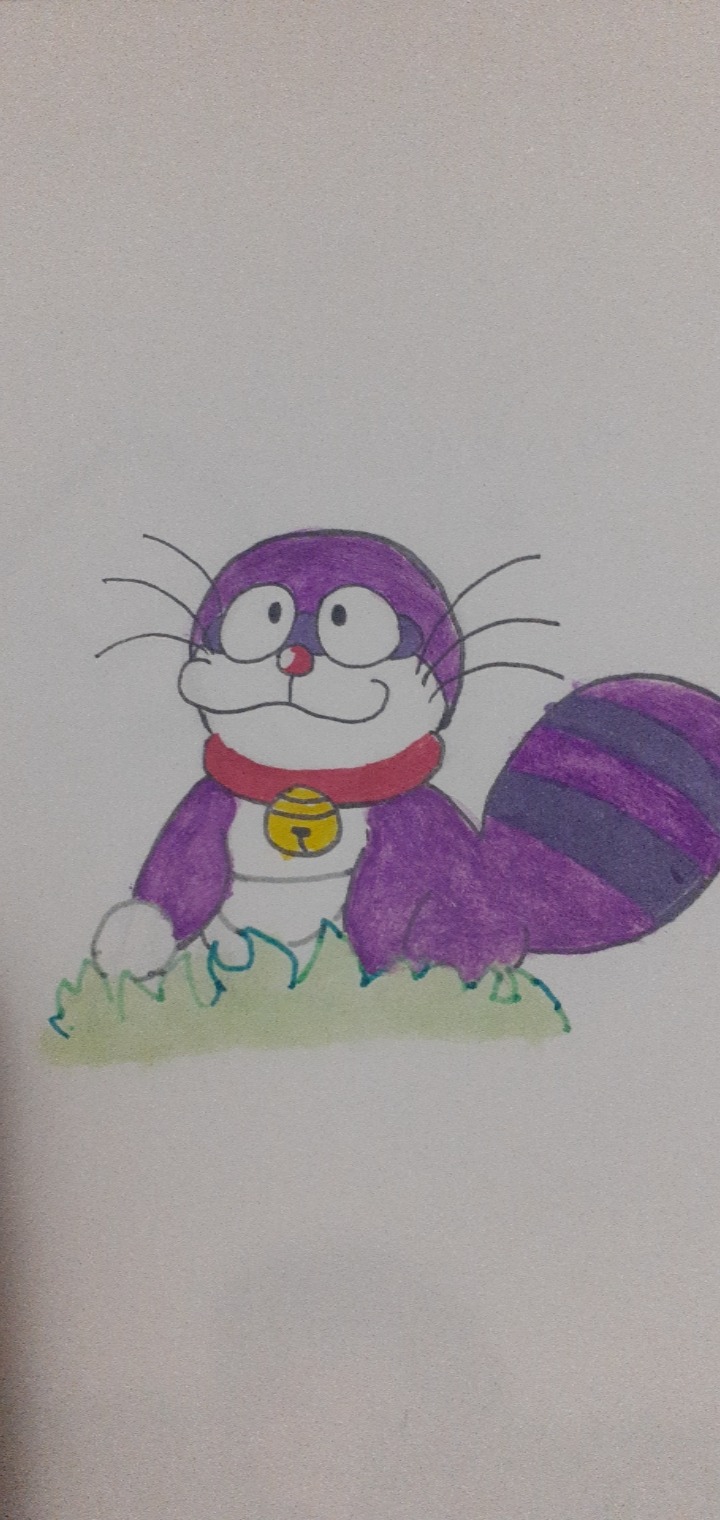
A creecher from a special ep of doraemon
#art#my art#ender's tag#callisto ♡#human!ender and callisto#dorabase#kuroemon#doraemon#mong#doodle dump
11 notes
·
View notes
Text

happy birthday seungmin
idea courtesy of @linoblr
11 notes
·
View notes
Text

This is our loss, not theirs. SINAYANG NIYO! SINAYANG NIYO!
#let leni lead#lenikiko#leni lead#leni robredo#kiko pangilinan#philippines#halalan2022#sayang#pilipinas#hirap#mong#mahalin#sayang talaga#leniliwanagsadilim#laban leni
18 notes
·
View notes
Text
230307 ICN 🛫 Music Bank Paris
HyunSeung
🥟hyunjin & sungmin🍚










[©sepserendipity, ©minioxoioi, ©minflour]
▫️
#stray kids#straykids#hyunjin#hwang hyunjin#hwanghyunjin#hyune#seungmin#mong#minnie#kpop#skz#fashion#pretty boy swag#airport fashion#best friend forever#bestie#flour boy & rice boy
6 notes
·
View notes
Photo

🇧🇷No dia 28 de março de 1941 morria em Lewes, na Inglaterra, a escritora Virginia Woolf. Depressiva, ela cometeu suicídio afogando-se em um rio com um casaco cheio de pedras nos bolsos. Seu corpo só foi encontrado no dia 18 de abril. Nascida no dia 25 de janeiro de 1882, em Londres, a escritora fazia parte do Grupo de Bloomsbury, círculo de intelectuais que, após a Primeira Guerra Mundial, se posicionou contra as tradições da Era Vitoriana. Virginia também ficou conhecida pela sua participação no movimento modernista. Entre suas obras mais famosas estão “Mrs Dalloway” (1925), “Passeio ao Farol” (1927), “Orlando” (1928) e o livro-ensaio “Um Quarto Só Para Si” (1929). Sua última obra foi “Entre os atos”, publicada em 1941, após sua morte. --------------------- 🇺🇸On March 28, 1941, writer Virginia Woolf died in Lewes, England. Suffering from depression, she committed suicide by drowning herself in a river with a coat filled with stones in her pockets. Her body was only found on April 18. Born on January 25, 1882, in London, the writer was part of the Bloomsbury Group, a circle of intellectuals who, after World War I, opposed the traditions of the Victorian Era. Virginia was also known for her involvement in the modernist #mong her most famous works are "Mrs. Dalloway" (1925), "To the Lighthouse" (1927), "Orlando" (1928), and the essay book "A Room of One's Own" (1929). Her last work was "Between the Acts", published in 1941 after her death. Foto: Internet info: history.uol.com.br Colorização: @coresdopassado1 • • • • • #virginawoolfquote #virginiawoolfsociety #virginawoolf #virginiawoolffrases #virginiawoolforlando #vriginiawoolf #colorization #colorização #coloring #colorizationphotos #colorización #literature #netflixbrasil #redeglobotv #restauracaodefotos #colorizaçãodigital #restauraçãofotográfica #brasil #brazil #brasil🇧🇷 #portugal🇵🇹 #deutschland🇩🇪 #germany🇩🇪 #argentina🇦🇷 #italy🇮🇹 #france🇫🇷 (em Manaus - Amazons - Brazil) https://www.instagram.com/p/CqVa_mHrtmB/?igshid=NGJjMDIxMWI=
#mong#virginawoolfquote#virginiawoolfsociety#virginawoolf#virginiawoolffrases#virginiawoolforlando#vriginiawoolf#colorization#colorização#coloring#colorizationphotos#colorización#literature#netflixbrasil#redeglobotv#restauracaodefotos#colorizaçãodigital#restauraçãofotográfica#brasil#brazil#brasil🇧🇷#portugal🇵🇹#deutschland🇩🇪#germany🇩🇪#argentina🇦🇷#italy🇮🇹#france🇫🇷
3 notes
·
View notes
Text
em mới xong việc và đang nằm gọn trên giường với mái tóc vẫn còn chưa được hong khô, giờ cũng gần 2h sáng.
ánh mắt của em càng ngày càng trầm lặng hơn, hoá ra khi trưởng thành bắt buộc phải trải qua đau đớn, thì em mới sống trong cảm giác này, của hiện tại, là ẩn mình trong khúc tĩnh mịch của đêm, không than thở oán trách bấu víu vào anh như em đã từng, cố gắng quên đi anh nhưng cứ để trái tim còn nhớ. thôi thì đành cứ nhớ rồi đến một ngày sẽ quên. mọi người làm được, thì dĩ nhiên em cũng làm được. âu cũng là loài người với nhau cả, có phải thiếu anh là em sẽ chết như em đã từng nghĩ đâu.
nếu hỏi bản thân một câu rằng em đã quên được anh chưa thì chắc chắn là em chưa, em mong là mỗi ngày trôi qua em sẽ vơi dần đi cái cảm giác này, may mắn là giờ nó đã ổn định hơn để thôi quằn quại và giằng xé, chắc chắn rồi một ngày nào đó trái tim em lại có nắng trở lại, lại biết rung động, trước một ai khác
mà thôi em cũng có mong chờ điều gì đâu, em cũng hài lòng với em của bây giờ, may mắn là em vẫn có một con đường của riêng mình với đầy những ủi an mật ngọt do em tạo ra, khu vườn này định cùng anh vun vén cùng em cho những hạt mầm chưa đến mùa thu hoạch, chưa đến mùa quả chín, em cứ thất bại hết mùa này tới mùa khác, và anh cũng nản, anh nói anh ch��ng đợi được. thế là anh đi.

anh có biết từ ngày anh đi hoa bắt đầu nở rộ và quả đã bắt đầu mơn trái, em cũng chẳng hiểu do đâu, mà có lẽ là do em biết cách yêu và chăm sóc vun vén trở lại, có lẽ ngày xưa em dành thời gian ngắm anh và cầu xin tình cảm từ anh nhiều quá, quên mất đi em đang sở hữu những ngọt ngào này, cứ tự tàn phá oán trách và so sánh mình với hàng vạn cuộc đời khác.
nhưng Thượng Đế sẽ nghe thấu lòng em bởi vì lúc này em thực sự nhớ anh và mong một ngày nào đó anh tìm lại để biết được rằng em đã khác xa thật xa ngày ấy, chắc chắn là anh sẽ được thấy em cùng với những gì em tạo ra, sẽ không xa, không xa nữa.
thôi anh hạnh phúc trước em, thì em cũng sẽ tạo ra hạnh phúc cho riêng em, hoá ra ngày buồn nhất vì không có anh lại là ngày hạnh phúc nhất vì em đã tìm thấy chính mình.
anh cứ im lặng cho riêng anh vì em cũng chẳng mong cầu một lời nào của anh nữa, chỉ là em thấy tuyệt vọng rồi từ bỏ sẽ cuốn lấy tâm hồn em mà hoá thành "lãng quên", có lẽ phải cần thêm một thời gian nữa điều ước mong con tim này sẽ thôi còn nhớ về anh mới thành sự thực.
em mong ngày ấy sớm đến
15 notes
·
View notes
Text
Mong and the National Reproduction of Collective Sorrow
“Do you see this duck? It is made out of fine filigree gold. It represents a Tatar myth about the creation of the world. The duck pulled the islands that make up the earth out of the sea and that’s how the world came into existence.”
Güzel, Tour guide at the Tatarstan National Museum, November 2000
The myth about the duck pulling the earth out of the sea may be understood as a metaphor for how a significant number of Tatar-speakers see their position as inhabitants of the Russian Federation. Many Tatars say they feel surrounded by an undifferentiated sea of Russians—who speak a language Tatars don’t feel comfortable speaking; operate according to social rules incomprehensible and often offensive to them; and are emotionally constructed in ways that simply do not make sense.
What does make sense, by contrast, to Tatar-speakers is something they call mong. Mong is a generalized feeling of grief-sorrow, a type of melancholy song, the sorrowful melodies that animate the melancholy songs, the sentiment singers singing those songs tap into and transmit, the emotion audience members experience while listening to them, and a topic of ideological talk.1 Mong taps into, produces, and reproduces a feeling that unites Tatar-speakers as a nation of people who have suffered collectively. It successfully generates a unifying feeling of collective suffering because individuals are encouraged to understand mong in diverse ways. Flexibility in interpreting mong’s meanings allows Tatars to experience a feeling of collective inclusiveness even while expressing their own individuality. Mong creates a continuous emotional connectedness that serves to separate Tatars ideologically from people they perceive as comprising an un-differentiated “Russian sea.”Always sung in a minor key and often accompanied by accordion music, mongful songs are marked by long-held, deeply resonant notes carried best by strong, clear, versatile voices (sometimes with professional operatic training) that sonorously sound the songs’ sad lyrics. Typical mong lyrics concern feelings of sorrow and loss expressed metaphorically through an emotional description of a scene from nature. Their lack of specificity connotes that they belong to the nation as a whole, as opposed to individuals. In being laden with an untranslatable mournful nostalgia, mong bears a similarity to the Portuguese musical genre fado. And while mong’s musical qualities differ profoundly from those of American blues, young Tatars aware of parallels between US and Soviet history sometimes refer to mong as “the Tatar blues.”
Mongly jyrlar—mongful songs—are highly conservative in form, even though understandings of mong’s meanings vary widely. Mong is still most frequently produced when groups of people sit around a table drinking tea and singing. Despite mong’s role as an everyperson’s practice, like other surviving Soviet folk arts, its songs have been fixed as texts in books, professionalized by conservatory-trained artists, and commodified as purchasable recordings. While Tatar-speakers considered my research on Kazan’s school system a well-intended acknowledgement of their efforts to create social equity, their eyes widened with delighted surprise when I started asking questions about mong and they said I was really onto something important. Although singing mongly jyrlar is losing popularity among urban youth living at a remove from the rhythms of village life, it nevertheless remains part of the habitual activities of their city-living parents and those relatives who remain in the villages. Moreover, even young urban Tatar-speakers feel that mong is a core feature of Tatar identity.
Perhaps mong’s most significant quality is that it is generally understood to be something Russians do not have nor care to learn about. Russian indifference to mong mirrors other relationships between Tatars and Russians, colonial in that Tatars know all about things Russian, while Russians are largely unaware of any but the most superficial aspects of Tatar culture. Tatar-speakers habitually say that Russians do not have a word equivalent to mong and therefore they cannot understand what it means. Though mong is not part of Tatar culture Tatars feel they can explain while speaking Russian, the word is nevertheless rendered in Russian most frequently as “melody,” and occasionally as “nostalgia.” However, recognizing mong does not require knowledge of Tatar, just curiosity about its existence.3 Thus, saying that Russians have no word for mong in actuality glosses Russian indifference to mong and the insult to Tatar cultural values that that indifference implies.
The first time I heard the word mong was in September 1999. I had just been introduced to the Tatar class of eleventh-graders at the Lab School by their head teacher, Hayat apa. After they realized that I spoke very little Tatar, they started speaking in Russian. We talked about the Tatar language and they began to explain to me how rich and unique it is. One girl exclaimed, her eyes widening, “Tatar has the word mong.” When I asked what mong was, they told me, as Tatar-speakers did every time the word came up in a Russian conversation, that mong cannot be translated. “Mong,” another girl declared, wonder lighting up her eyes, “is everything. Ask our teacher and she can tell you all about it.”
While mong is both the song and the feeling the song evokes in singers and listeners, it is also a vehicle for reproducing particularly Tatar feelings about the fate of “the nation.” To be considered knowledgeable about and therefore fluent in mong, a person must be able to manipulate all three of its modes—channeling mong as an emotion, singing mongful songs, and talking about mong’s meaning. Not everyone possesses all three abilities in equal measure.
My exploration of mong relies upon formal taped interviews, supplemented by ethnographic observations, written sources, and informal conversations. I conducted formal interviews with Sveta apa, a talented singer and authority on mong, Sveta apa’s niece, Hayat apa, and her friend, Venera apa—both women skillful in producing the affect of mong and discourse about it, two teenage girls through whom the feeling of mong flows, but who neither sing nor talk about mong eloquently, and four Tatar men in their 20s and 30s who call themselves millätchelär or nationalists. Because I positioned myself as a married woman while doing research, I have more detailed information about mong from other women. However, mong is not gendered—neither in its affect, ideology, character as a folk art, nor as a professional music genre.
8How mong is superficially defined and deeply experienced serves to unite Tatar-speakers on an emotional level. That is, the flexible interpretation of an experience largely inflexible in form by individuals who all consider themselves members of the same nation reinforces their sense of collective belonging. All Tatar-speakers define mong identically at a superficial level. However, deeper probing reveals that how Tatars variously comprehend mong highlights the diversity of their social positions and individual perspectives in relation to their nation and the world. Tatars first define mong as grief-sorrow or kaygyi xasrat—the word’s dictionary definition.4 When asked to elucidate—What is mong? Who has it? Where does it come from? What relation does it have to iman or religious faith?—the people responding, who all circulate through interconnected Tatar-speaking urban social networks, provided diverse answers. This phenomenon presents an important counterexample to Benedict Anderson’s near-axiomatic definition of how nationalism is supposed to be experienced."
- excerpt from Chapter 7: Mong and the National Reproduction of Collective Sorrow from Helen M. Faller's Nation, Language, Islam: Tatarstan's Sovereignty Movement (entire book is online from the press in this link)
9 notes
·
View notes
Photo

Praying Stones, 2018
@ Pac Ou Caves, Luang Prabang, Laos
Moments photographed with what we have handy... That was part of the trip without my own lenz, but surely without engraving appreciation inside my heart.
One of my most incredible experience was to travel this far onto the world and connect with lives.
Bliss missed*
Bless you beautiful wonder travellers
#mobile photos#original photography#originalphotographers#asia#laos#caves#river#boattrip#praying#temple#stonefigures#buda#mong#among#mountains#naturelovers#traditional#blue sky#bliss#travel far#culture#embracethejourney#globe#wonders#pacou#monk#statues
5 notes
·
View notes
Text

** Permission to post it was granted by the artist
Do not repost/edit the art without permission
Please, support the artist on their page too **
Artist : MG@OTLozr
Source
224 notes
·
View notes
Text
sus
pic:dumpaday.com
#yung #pamangkin #pamangkinserye #pamangkins #mong #sala #suot #sa #bigay #bigaytodoangatingpasko #bigaytododito #bigayngmaykapal #mo #pero #nakaka #naka #download #downloadfestival #ng #games #gamesnotiktok #gamestiktok #phone #ipanema #toddlers #toddlersoftiktok #toddlersbelike #flipflops #flipflopslifestyle #flipflopseason #meme #memes #memestiktok #memecut #fyp #fypシ #fypシ゚viral #fypage #foryou #foryoupage #foryoupage❤️❤️ #foryoupagee
#best memes#funny memes#memesdaily#tumblr memes#comedy#funny#toddlers#pamangkin#bigay#yung#mong#sala#suot#sa#mo#pero#nakaka#download#ng#games#phone#ipanema#sus#fypage#tumblr fyp#fypシ#fyp#flip flops
0 notes
Video
#Triple by Nadine
Via Flickr:
Secretdoll Mini Mongs in Ylang Garden dresses
3 notes
·
View notes
Photo

Daily life in Hong Kong by mikemikecat
#red#daily#life#mong#kok#signboard#signage#old#buildings#town#nostalgia#mikemikecat#building#exterior#architecture#city#built#structure#outdoors#transportation#text#mode#street#communication#day#road#western#script#incidental#people
0 notes
Text
My time on Facebook has left me with nothing but, a list of bad interactions that in some ways were my fualt and others only left me feeling more of an outsider then ever.
From the time someone was looking for book suggestions and I suggested Little House On The Prairie and got asked " aren't those racist?" * i know, shocker, a series of books written in the 1930s being racist by modern standards? GAASP! NO!*
To most recently being chased off of the platform by a flock of white boys for saying ( on a post making fun of ai art) that I was simply on there to feed the blocklist as she was getting hungry and it needed feeding because i hadn't blocked anyone in awhile) and i got hundreds of " add me" or " you sound insufferable" or " ENOUGH OF YOUR STUPIDPOSTING!" ( as it turns most of the people of the people were ai artists but, whatevs).
Good times had by all.
But, then there were others. Others that stick out equally due to their cruelty. Such as a woman in one of my disability support groups started yelling " MONG!" or would begin every reply "Hey, retard!" Along with some " little known fact" which basically boiled down to "disabled people can horrible and do shitty things too" and later she talked about how people only tolerate us because murdering us is illegal. She also pulled out the old " disabled people are burdens to society" hence the reason it should be acceptable to murder us. Something similar also happened in sign language learners group i was apart of. Minus the " it should be ok to murder us" shit and add in the " my deaf husband beat me so, it's ok if i shit on deaf people and make fun of them in public."
The thing is is those incidents were not one offs. Both with a dangerous lack of accountability. Both espousing rhetoric that could lead to genocide. Both doing it as casually as if it were just another Tuesday. For them it probably was.
Hate crimes against the disabled have been on the rise since 2015 and rhetoric like that being laughed as shitposting by ableds doesn't help.
P. S: I'm not saying the lady who was abused by her husband was shitposting without reason. She admitted that's what it was in a later post.
#facebook#i know as a person with a disability i know i should be angry#but I'm just tired too tired#facebook sucks#retard#mong#disability rights#anti- disability rhetoric
0 notes
